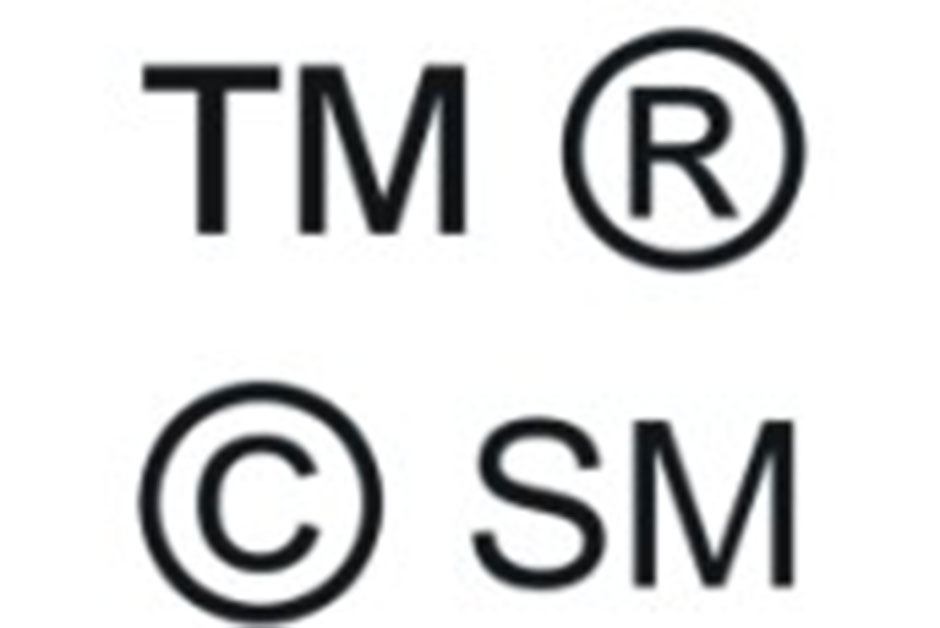Finding the perfect designs to embroider or screen print can start a chain reaction that might make or break a business. Every place you look people are wearing logos of everything from movies and sports to cartoons and pets. The one thing they may all have in common is they most likely have a copyright or trademark. Duplicating these without permission or obtaining a license to do so can ruin your business and drain your bank account.
There is a difference between copyright, trademark and service mark.
Copyright: Copyright is a lawful means of protecting the creator’s work. It is a type of intellectual property that provides exclusive publication, distribution and usage rights for the creator. Many different types of content can be protected by copyright. Examples are books, poems, plays, songs, films and artwork. To record a song that has a copyright, you will need to get permission or pay a fee to record and also could have to pay royalties to the writer/publisher.
Trademark: A trademark is a word, phrase, symbol, design, combination of letters or numbers, or other device that identifies and distinguishes products and services in the marketplace. Examples are sports mascots, words, phrases and numbers. The T-shirt you bought at the last NFL game you went to will have a TM on it.
Service mark: A service mark is used mostly with a company logo and company name. To make it easier to understand, if you go into a store named Bob’s Wine Company the name of the store and the logo of the store would have a SM, but the wine you buy will have a TM.
You may have heard that a 15% change makes it okay to use someone else’s design or logo; however, that is not true. Changing the color or the lettering can get you in hot water with trademark infringement laws.
Recently, Harley Davidson won a 19.2 million-dollar settlement against an online retailer selling the HD logo on everything from cups to jackets. It was one of the largest trademark settlements ever made. Getting the license to a trademarked or copyright item can be a bit complicated. If you are using a one-color logo on a T-shirt that requires one license. The same logo with two colors on the same shirt requires another and putting it on a sweatshirt will require a third. Research is of the utmost important and seeking outside legal counsel is advisable in these situations.
When you buy a digitized design to embroider, it can be confusing. If you buy one design or the entire collection, you can use them on items to resell. You cannot resell the design to a friend for use. Yet, if you close your business and sell all inventory to someone, you can let the designs go with everything else. This includes any copies you have made for yourself.
Do the little companies get in trouble for trademark infringement? Yes, they do. There is a fine line when using outside designs, but as long as you follow the proper channels then you and your business will avoid any infractions.
Connie R. Smith has been in the embroidery industry for more than 30 years and has been an industry speaker and consultant. She also is an award-winning digitizer. For more information or to comment on this article, email Connie at [email protected].





